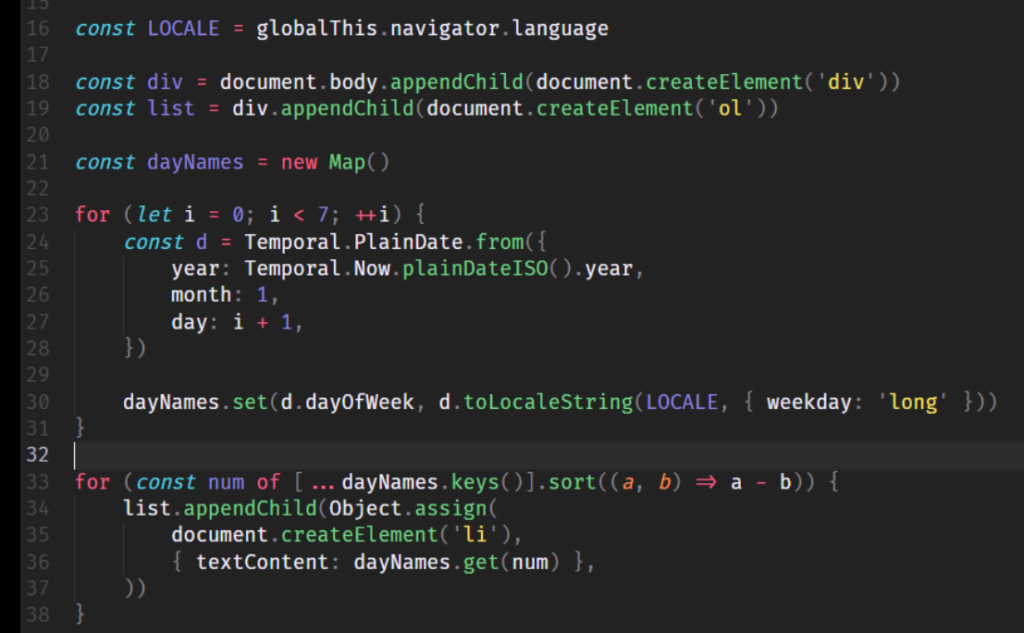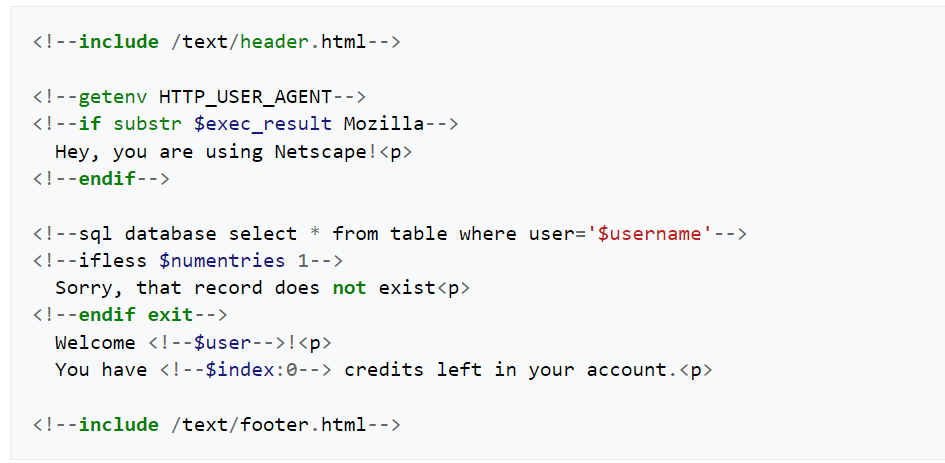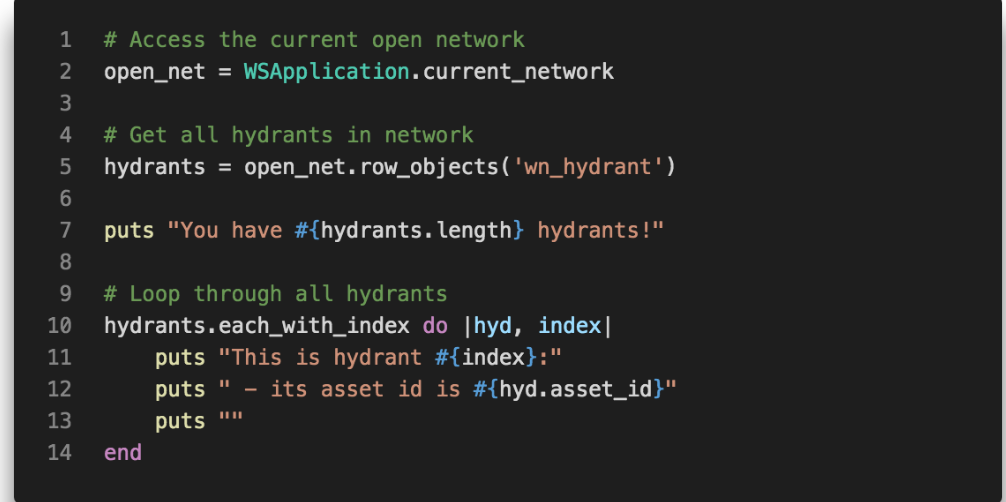Command Prompt, or CMD, is a textbook- grounded command- line interface that’s erected into Microsoft Windows operating systems. It’s used to carry out colorful tasks on the computer, similar as train operation, network configuration, and system administration. The language used in CMD is different from that used in a graphical user interface (GUI), and it is important for users to understand the different types of language used in CMD in order to use it effectively.
There are different types of language used in CMD, including:
Command Language: The Command Language is a set of textbook- grounded commands that are used to interact with the computer’s operating system. These commands are entered into the CMD advisement and executed by pressing Enter. The commands can be used to perform a wide range of tasks, similar as listing lines and directories, copying lines, formatting disks, and creating or deleting directories.
Examples of commands that are commonly used in CMD include:
- dir: Lists the files and directories in the current directory
- cd: Changes the current directory to a different directory
- md: Creates a new directory
- rd: Deletes an existing directory
- copy: Copies one or more files from one location to another
- del: Deletes one or more files
- format: Formats a disk
Batch Language: The Batch Language is a scripting language that’s used to automate tasks in CMD. It’s a set of commands that are saved in a textbook train with a. club or. cmd extension. When the train is executed, the commands in the train are executed one after the other. This can be used to automate repetitious tasks, similar as backing up lines or configuring network settings.

Examples of Batch Language commands include:
- @echo off: Turns off command echo (i.e., hides the commands from being displayed on the screen)
- set: Assigns a value to a variable
- if: Allows conditional execution of commands based on a condition
- for: Executes a set of commands for each item in a list
- call: Calls a batch file from within another batch file
PowerShell: Language PowerShell is a important command- line shell and scripting language that’s used to manage and automate tasks in Windows. It’s an volition to CMD, but it’s more important and flexible. PowerShell is grounded on the. NET frame and can interact with other. NET languages, similar asC# andVB.NET.

Examples of PowerShell commands include:
- Get-ChildItem: Lists the files and directories in the current directory
- Set-Location: Changes the current directory to a different directory
- New-Item: Creates a new item, such as a file or directory
- Remove-Item: Deletes an existing item
- Copy-Item: Copies one or more items from one location to another
Scripting:
Scripting is the process of jotting and executing scripts, which are a set of instructions that automate tasks or processes. Scripts are generally written in a scripting language, which is a type of programming language that’s designed for robotization, and can be used to automate a wide variety of tasks, including system administration, web development, and software testing.
There are numerous different types of scripting languages, each with its own strengths and sins, and each designed for a specific purpose. In this blog, we will explore the different types of scripting and their applications.



Shell scripting :
Shell scripting is a type of scripting language that’s used primarily in Unix and Unix- suchlike systems. It’s used to automate tasks that are performed through the command line interface( CLI). Shell scripts are generally written in a shell language, similar as Bash, which is the dereliction shell in utmost Unix systems. Shell scripts can be used to automate tasks similar as train operation, system administration, and network operation.
Python scripting :
Python is a general- purpose scripting language that’s extensively used for robotization and data analysis. It’s easy to learn and has a large number of libraries and fabrics that make it a popular choice for scripting. Python scripts can be used for tasks similar as web scraping, data analysis, and system robotization.
JavaScript scripting :
JavaScript is a scripting language that’s primarily used for web development. It’s used to produce interactive web runners and is supported by all major web cybersurfers. JavaScript scripts can be used for tasks similar as web runner robotization, data visualization, and web operation development.
PHP scripting:
PHP is a scripting language that’s primarily used for web development. It’s used to produce dynamic web runners and is supported by utmost web waiters. PHP scripts can be used for tasks similar as garçon- side scripting, database operation, and web operation development.
PowerShell scripting:
PowerShell is a scripting language that’s primarily used in Windows surroundings. It’s used to automate tasks similar as system administration, network operation, and data analysis. PowerShell scripts can be used to automate tasks on both original and remote systems.
Ruby scripting:
Ruby is a scripting language that’s primarily used for web development and system administration. It’s easy to learn and has a large number of libraries and fabrics that make it a popular choice for scripting. Ruby scripts can be used for tasks similar as web development, system administration, and database operation.


In conclusion, understanding the different types of language used in CMD is essential for effectively using the command advisement. The Command Language is used for carrying out tasks on the computer, the Batch Language is used for automating tasks, and PowerShell is a more important and flexible volition to CMD. Each language has its own set of commands and syntax, and it’s important to come familiar with them in order to use CMD effectively. By using the command advisement, druggies can perform tasks more snappily and efficiently than with a GUI, making it an essential tool for power druggies and IT professionals.
